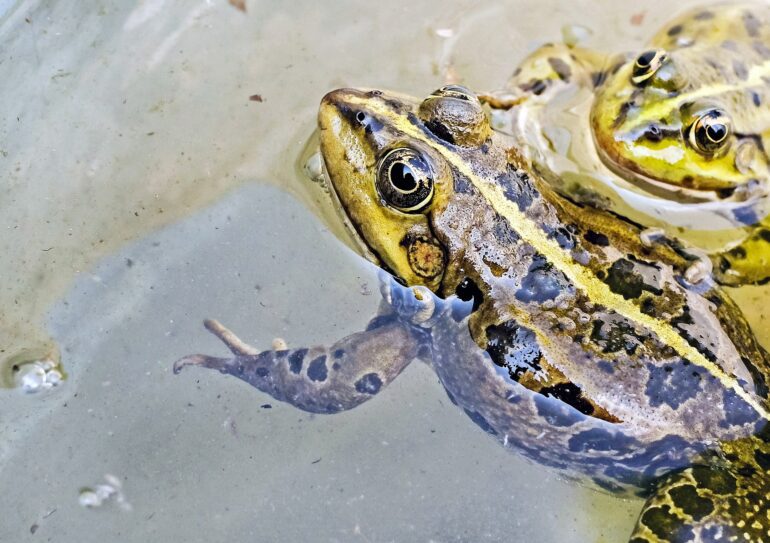TL;DR:
- Artificial Intelligence (AI) and citizen science form a powerful alliance for herpetofauna conservation.
- AI’s ability to process vast amounts of data quickly and accurately revolutionizes conservation efforts.
- Citizen science engages the public in data collection, expanding research and fostering an appreciation for nature.
- The convergence of AI and citizen science allows for efficient analysis of citizen-generated data, leading to actionable insights.
- AI enhances the citizen science experience by providing real-time species identification and feedback.
- Challenges include ensuring high-quality data from citizen scientists and addressing ethical considerations.
Main AI News:
In the realm of herpetofauna conservation, the merging of two remarkable forces, Artificial Intelligence (AI) and citizen science, holds immense promise. This fusion of cutting-edge technology and public participation has paved the way for innovative pathways to safeguard species within the reptile and amphibian realm. As habitat loss, climate change, and disease continue to pose threats, the convergence of AI and citizen science has become an indispensable tool for preserving these creatures’ fragile existence.
The profound impact of AI in the realm of conservation lies in its ability to process vast quantities of data with unprecedented speed and accuracy. By employing machine learning algorithms, patterns and trends in data that elude human comprehension are unveiled. For example, AI can seamlessly analyze a multitude of images or sounds, accurately identify specific species, track their movements, and even predict their behaviors. Such invaluable insights empower conservationists to monitor populations, identify threats, and devise effective protective strategies.
At the same time, citizen science assumes a pivotal role in herpetofauna conservation. By actively engaging individuals and communities in scientific research, citizen science not only expands the breadth and depth of data collection but also nurtures a profound connection and appreciation for nature among the public. From reporting frog sightings in their own backyards to monitoring the proliferation of invasive species, citizen scientists contribute in invaluable ways to the preservation of herpetofauna.
The convergence of AI and citizen science holds particular promise. While citizen scientists generate copious amounts of data, analyzing and making sense of this information can be a daunting task. Enter AI, which processes and analyzes the data collected by citizen scientists with remarkable speed and precision, transforming it into actionable insights for conservation efforts. For instance, AI can expedite the identification of species from photos taken by citizen scientists, a task that would be time-consuming and susceptible to human error if performed manually. This not only expedites the research process but also augments its accuracy and reliability.
Furthermore, AI has the potential to enhance the citizen science experience. By providing instantaneous feedback, AI aids citizen scientists in honing their data collection skills. Imagine an AI-powered application that offers real-time species identification, enabling citizen scientists to deepen their knowledge of herpetofauna within their surroundings. This not only enriches the citizen science endeavor but also fosters a profound connection between individuals and the wonders of nature.
Nevertheless, this dynamic partnership does not come without challenges. AI’s efficacy hinges upon high-quality data, which can be challenging to guarantee when utilizing citizen science. Training and support are imperative to ensure that citizen scientists collect data meticulously and consistently. Additionally, ethical considerations such as privacy and data ownership must be thoroughly addressed.
Conclusion:
The partnership between Artificial Intelligence and citizen science has significant implications for the market. The integration of AI technology in herpetofauna conservation enables conservationists to gain deeper insights and develop more effective strategies. The collaboration also promotes public engagement and education, fostering a culture of conservation. This presents opportunities for businesses specializing in AI-driven conservation solutions and citizen science platforms to cater to the growing demand for innovative approaches to protect biodiversity.

